Department of history and religious studies – Material technical base
Department of history and religious studies
The history of the department
Educational and scientific activities of the department
Material technical base
Achievements
Our graduates and employment
Material-technical and educational-methodical base of specialties
6B01601— “History” 6B02201 -“History”, 6B01511— “Geography-History”, 6B01602— “History-Religious studies” and 7M01601— “History”, 7M02201- “History”, 8D02201-History includes:
- Department of history and religious studies” ;
- Research center ” Archeology, Ethnography” ;
- The office of ” Center of study of local lore” ;
- “Archeology” office ;
- “Multimedia computer class”
- History place coworking center
- Study room named after Doszhan Khazret” ;
- Study room ” methods of teaching history”
- Office ” computer class” ;
- Conference hall “in the name of Bekezhan Suleimenov “;
- classrooms and classrooms;
- library and 2 reading rooms;
- conference hall (250 seats));
- conference hall (50 seats));
- mobile computer class (21 laptops);
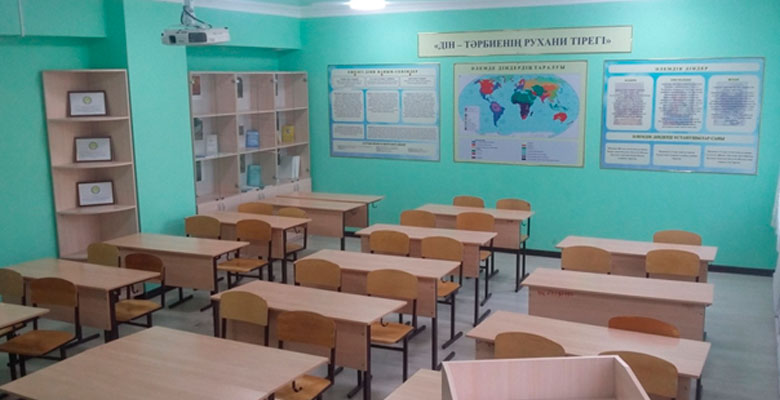
Academic room of Doszhan Hazret
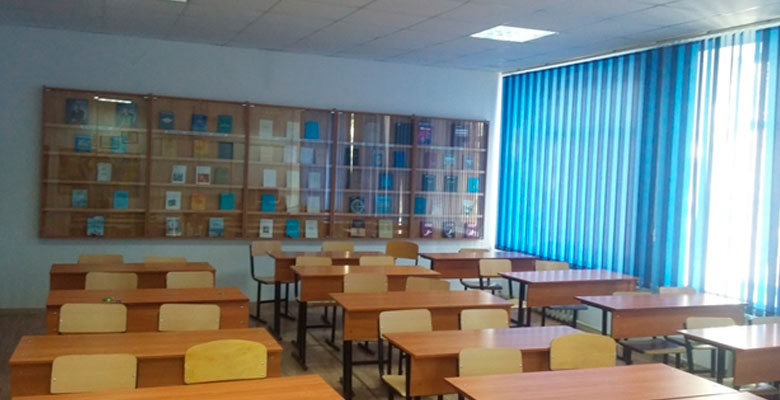
Multimedia computer class
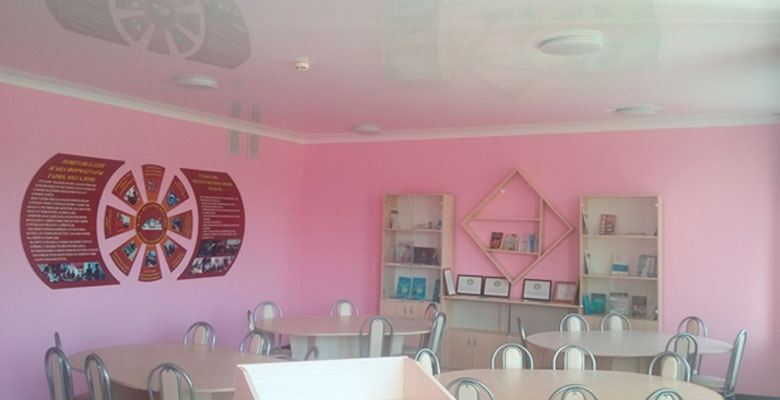
Study room “Methods of teaching history”
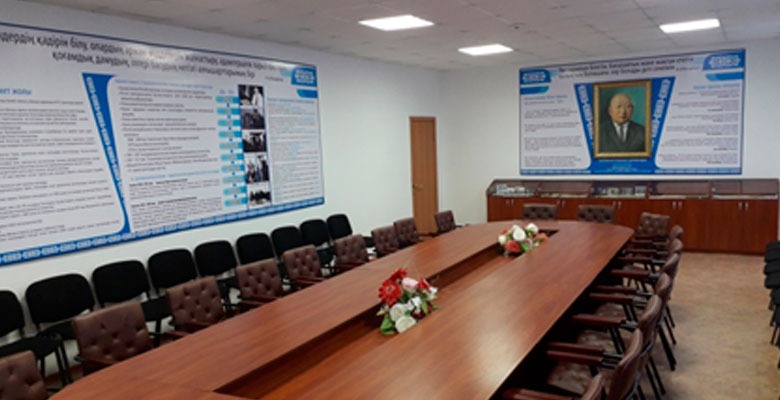
Bekezhan Suleimenov conference hall
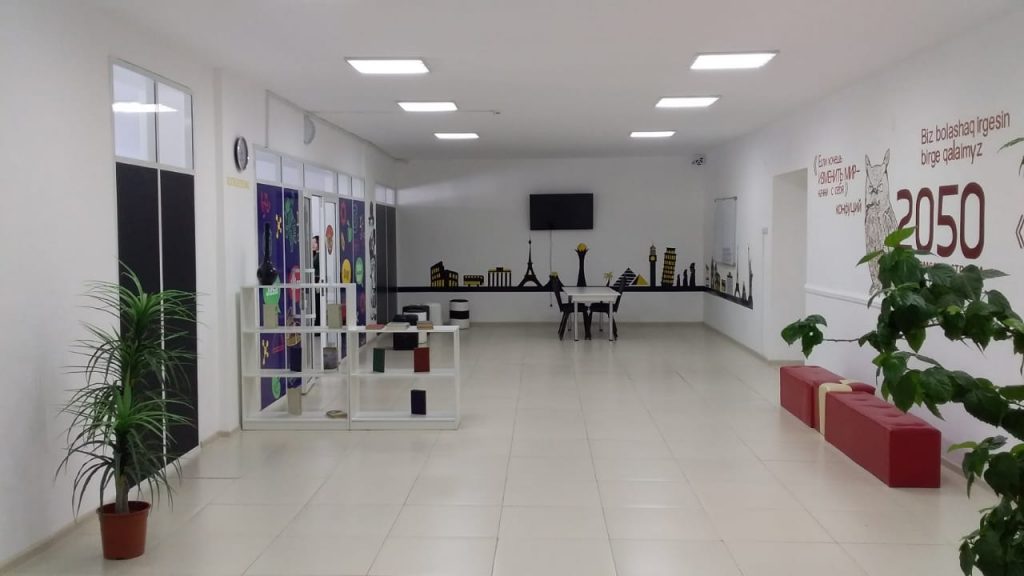
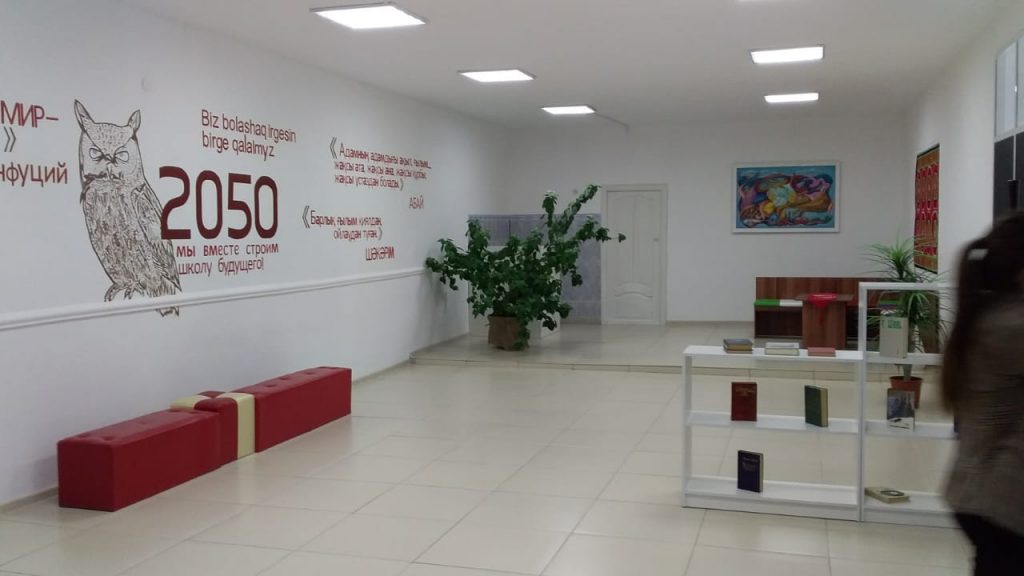
History place

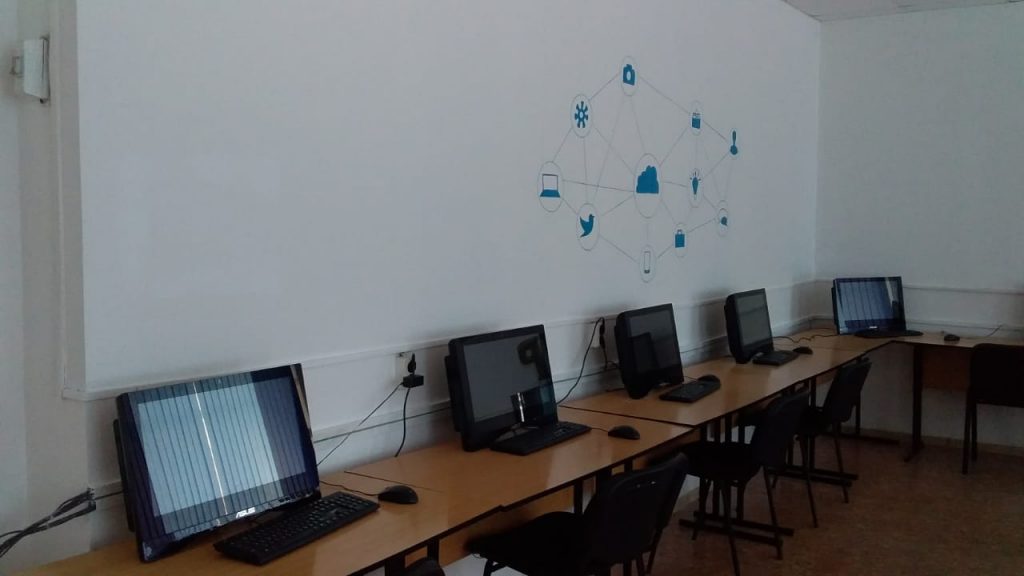
IT cabinet
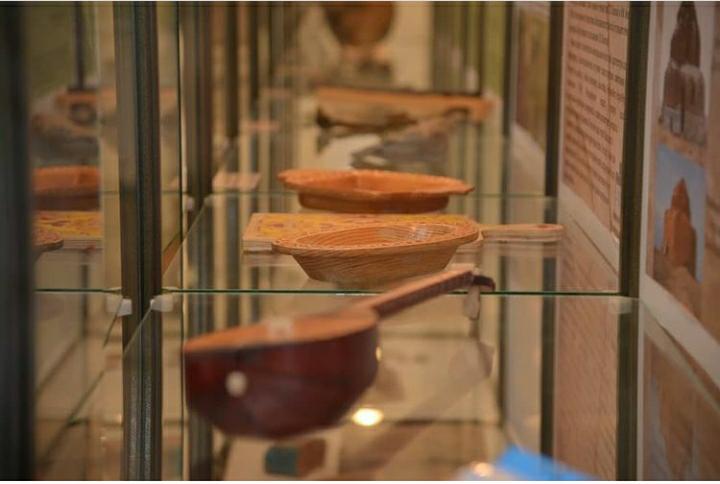
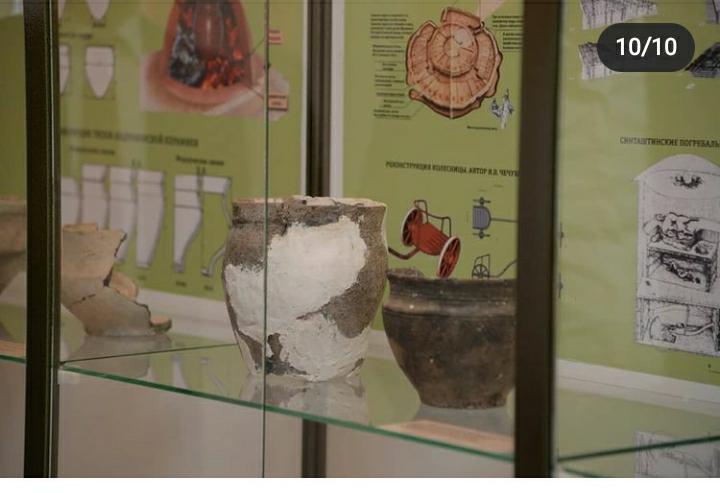
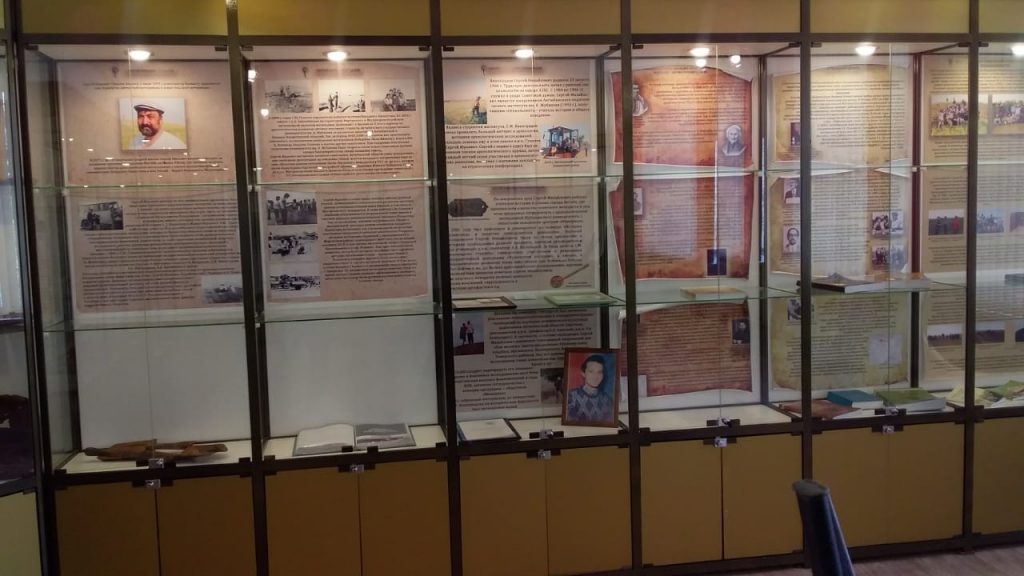

Local History Center
The material base of the Center for “Archeology and Ethnography” at the Faculty of History of the ARU named after K. Zhubanov has been replenished with a modern ground-penetrating radar for professional trasopoisk from the Swiss manufacturer Leica Geosystems.
The Leica DS2000 GPR is equipped with two antennas with frequencies of 700 and 250 Mhz. to obtain high-quality data from both the upper layers up to 2 meters, and deeper ones up to 3.5-4 meters. The universal handle is able to set the required reach and angle of inclination for ease of use.
The tasks of GPR in the field of archaeology are determined, for example, by mapping the buried foundations and walls of ancient settlements, the discovery of archaeological artifacts: ceramic vessels, metal tools, gold and other metals.One of the most important GPR options is the ability to determine not only the presence of an object under the ground, but also its dimensions and depth of occurrence. At the same time, in addition to metal objects, GPR detects the remains of fences, foundations, arches of tunnels and underground voids.
We hope that the joint work of the Center of “Archeology and Ethnography” and the Aktobe Regional Museum of Local History will reach a new stage of scientific research. In the 2020-2021 academic year, joint archaeological research is planned on the territory of the Aitekebi, Martuk, Temir, and Wilsky districts of the Aktobe region
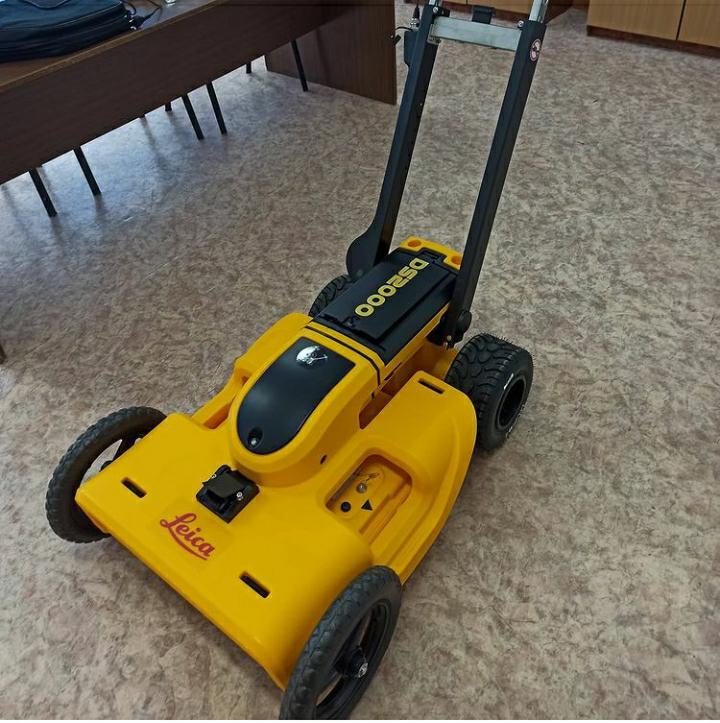

The history of the department
Educational and scientific activities of the department
Material technical base
Achievements
Our graduates and employment